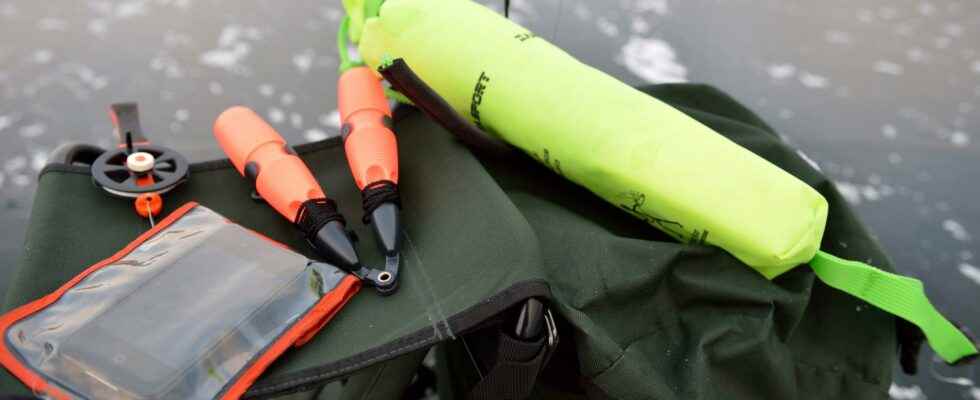Published: Just now
Fewer people have died in drowning accidents this year compared to last year. This shows preliminary statistics from the Swedish Lifesaving Society (SLS).
A total of 63 people had died in drowning accidents up to and including the end of November this year. Last year, the corresponding figure was 93 people.
During the month of November this year, one person lost their life, last year two people died in November. It is a downward trend as the average for the month during the 2000s has been four people.
Around 200 people on average experience a drowning incident and survive without injury each year, SLS states.
As the ice settles in the country, SLS urges caution. “Assessing the load capacity of the first black ice is very difficult and requires a lot of knowledge. If there is then a little snow on the ice, it is almost impossible without equipment,” they write in a press release.
The statistics from SLS are compiled every month and in January there will be an annual summary. Both Swedish and foreign citizens are counted, however, suicides and murders by drowning are not included.
Facts
Some tips for increased ice safety
• Investigate the load capacity of the ice. Use an ice pick or ice auger. Local residents or fishing clubs can often give a good picture of the ice situation.
• Never be alone on the ice. Getting up yourself if the ice breaks can be difficult.
• Use safety equipment such as ice spikes, ice spikes and an easily accessible safety line. Some form of buoyancy aid can be crucial if you walk through the ice. Place the phone in a waterproof case and heat-insulating pocket.
• Learn the ice’s weak points. Particularly important to avoid now are: Energized areas such as inlets and outlets and fairways.
• Stay on land if there is the slightest reason to believe that the ice could be dangerous.
• Download the 112 app to raise the alarm. It also indicates your position, which makes it much easier for the alarm operator to send in blue light personnel.
Source: Swedish Lifesaving Society
Read more
